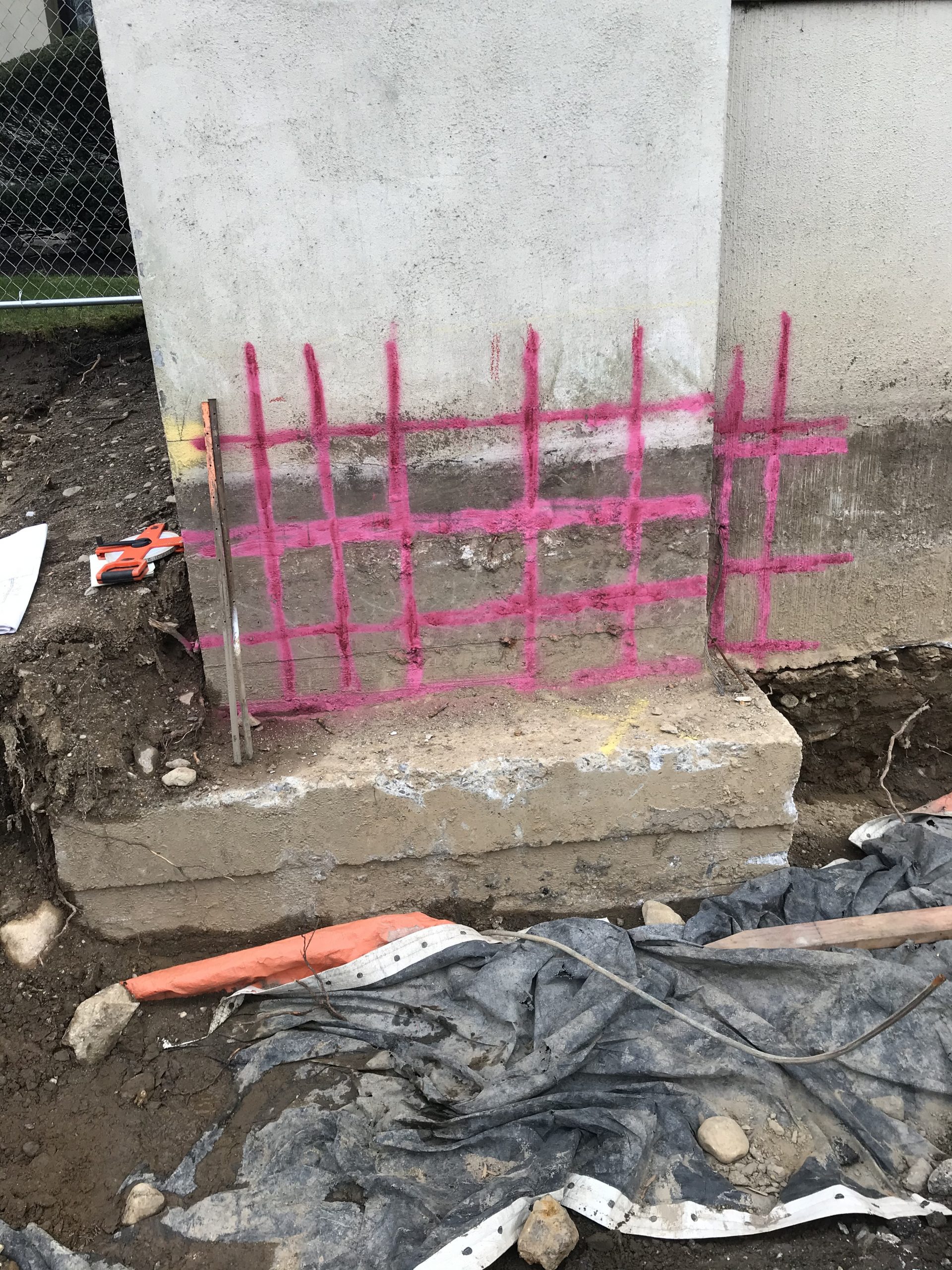Enhancing Job Preparation and Implementation Through Advanced Concrete Scanning Methods
In the realm of project preparation and execution, insight and accuracy are important elements that can make the distinction in between success and obstacles. Advanced concrete scanning techniques have become a sophisticated device established to raise the requirements of task management within the building and construction industry. By using innovative technology, these methods offer a glimpse right into the structural stability of a structure even before the very first brick is laid. The implications of such improvements are profound, promising a standard shift in exactly how jobs are come close to and delivered.
Advantages of Advanced Concrete Scanning Methods

Improved Accuracy in Task Analyses
Enhancing project analyses through sophisticated concrete scanning techniques significantly improves the precision and reliability of construction analyses. By utilizing advanced scanning modern technologies such as ground-penetrating radar (GPR) and 3D imaging, task teams can currently acquire in-depth insights into the condition of concrete structures, identifying prospective defects or weaknesses that may not show up to the nude eye. This enhanced level of accuracy in job evaluations enables building and construction experts to make even more enlightened decisions concerning repair and upkeep strategies, leading to boosted overall job results.
Additionally, the raised precision in task evaluations accomplished via sophisticated concrete scanning techniques aids in lessening the risk of unexpected concerns during the construction phase. By proactively finding covert abnormalities within concrete frameworks, such as rebar deterioration or gaps, task groups can attend to these concerns early on, avoiding expensive hold-ups and remodel later on in the project lifecycle. Ultimately, the boosted precision in project assessments facilitated by advanced concrete scanning strategies adds to higher efficiency, cost-effectiveness, and top quality in building and construction projects.
Very Early Recognition of Architectural Difficulties
Early detection of structural obstacles plays a vital function in making certain the stability and safety and security of concrete structures throughout the construction procedure. Determining possible issues at a beginning permits for prompt treatment, stopping pricey rework, timetable hold-ups, and safety and security hazards. Advanced concrete scanning techniques, such as ground-penetrating radar (GPR) and 3D imaging, make it possible for project teams to discover covert flaws, voids, reinforcement design discrepancies, and other abnormalities that might endanger the framework's security.
By executing these techniques during the planning and implementation stages, construction professionals can proactively attend to architectural obstacles prior to they rise right into major issues. As an example, spotting poor concrete cover over support bars early on can avoid deterioration and structural weakening over time - RainierGPR Service Areas. Moreover, determining variations in concrete density or density can aid enhance product use and ensure consistent stamina buildings throughout the structure

Ultimately, early identification of structural difficulties through sophisticated concrete scanning not only improves the overall quality and resilience of the construction however likewise adds to a safer built environment for users and owners.
Boosted Precaution in Construction
The application of robust safety methods is vital in the building and construction sector to alleviate threats and safeguard the wellness of stakeholders and employees. Building websites are naturally unsafe environments, with potential threats varying from falls and tools malfunctions to structural failures. To boost precaution, building internet and construction firms are significantly taking on technological advancements such as wearable devices that keep track of employees' vital signs and discover prospective health issues in real-time. In addition, making use of drones for site security permits regular safety and security inspections without putting workers in harm's way. Security training programs have actually also advanced to include online reality simulations that provide hands-on experience in managing emergency situation circumstances. In addition, the integration of expert system in safety and security monitoring systems enables positive recognition of prospective threats, permitting timely treatments. By focusing on safety and security with the incorporation of sophisticated innovations and comprehensive training programs, construction projects can considerably lower accidents and produce a safe functioning setting for all included - RainierGPR Service Areas.
Streamlining Job Management Processes
To enhance operational effectiveness and ensure project success in the building and construction market, an emphasis on enhancing project management processes is important. By applying reliable job monitoring processes, building projects can minimize delays, reduce costs, and improve general productivity. One vital aspect of simplifying job management is making use of innovative modern technologies such as Building Info Modeling (BIM) software program, which allows real-time collaboration, clash detection, and exact job scheduling. Additionally, the adoption of cloud-based task management systems permits for seamless interaction among staff member, instant access to project data, and the capacity to track progress in real-time.

Conclusion
In conclusion, the utilization of sophisticated concrete scanning anonymous methods provides many advantages for project preparation and execution. These techniques supply enhanced accuracy in project assessments, very early recognition of architectural difficulties, boosted precaution in building and construction, and structured project management processes. Incorporating these methods right into project process can inevitably bring about extra effective and efficient results in construction tasks.
Inevitably, the improved precision in task analyses promoted by sophisticated concrete scanning methods adds to greater effectiveness, cost-effectiveness, and top quality in building and construction jobs. RainierGPR Service Areas.
To maximize functional performance and guarantee project success in the building and construction industry, an emphasis on simplifying job management processes is necessary. By carrying out effective job management processes, building jobs can lessen delays, minimize prices, and improve overall performance. By streamlining job find more information administration procedures through technology integration, clear communication, and data-driven strategies, building jobs can attain greater efficiency, cost-effectiveness, and successful end results.
These methods provide improved accuracy in task analyses, early recognition of architectural difficulties, enhanced safety steps in building and construction, and streamlined project management procedures.